Intestinal Ischemia Questions and Answers
advertisement
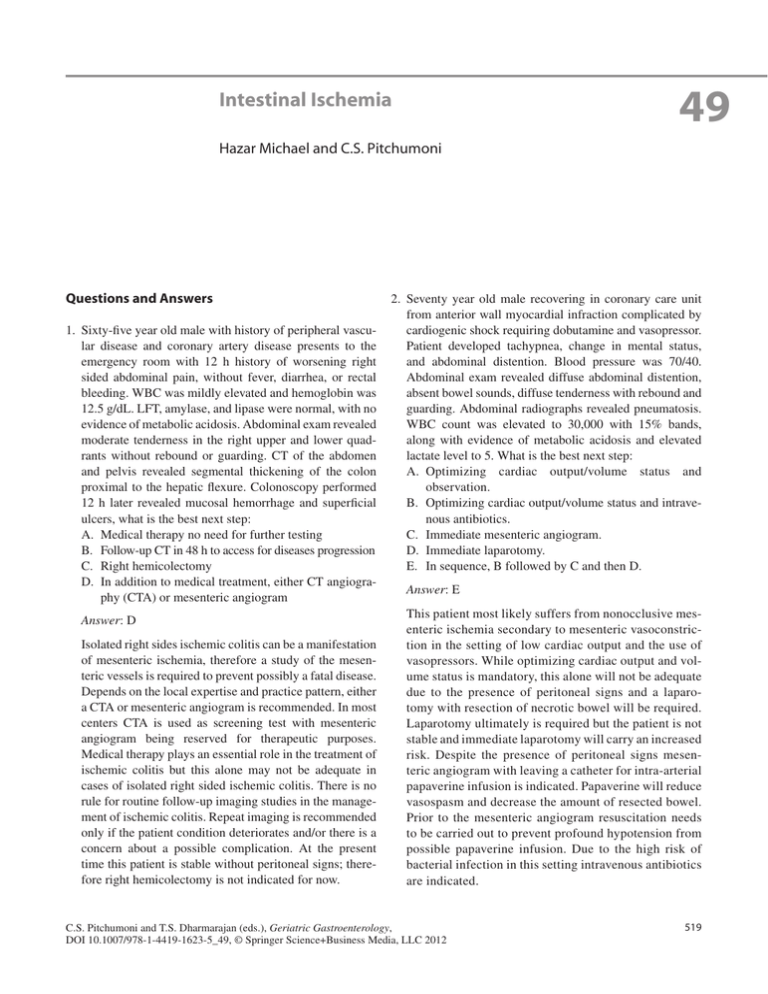
49 Intestinal Ischemia Hazar Michael and C.S. Pitchumoni Questions and Answers 1. Sixty-five year old male with history of peripheral vascular disease and coronary artery disease presents to the emergency room with 12 h history of worsening right sided abdominal pain, without fever, diarrhea, or rectal bleeding. WBC was mildly elevated and hemoglobin was 12.5 g/dL. LFT, amylase, and lipase were normal, with no evidence of metabolic acidosis. Abdominal exam revealed moderate tenderness in the right upper and lower quadrants without rebound or guarding. CT of the abdomen and pelvis revealed segmental thickening of the colon proximal to the hepatic flexure. Colonoscopy performed 12 h later revealed mucosal hemorrhage and superficial ulcers, what is the best next step: A. Medical therapy no need for further testing B. Follow-up CT in 48 h to access for diseases progression C. Right hemicolectomy D. In addition to medical treatment, either CT angiography (CTA) or mesenteric angiogram Answer: D Isolated right sides ischemic colitis can be a manifestation of mesenteric ischemia, therefore a study of the mesenteric vessels is required to prevent possibly a fatal disease. Depends on the local expertise and practice pattern, either a CTA or mesenteric angiogram is recommended. In most centers CTA is used as screening test with mesenteric angiogram being reserved for therapeutic purposes. Medical therapy plays an essential role in the treatment of ischemic colitis but this alone may not be adequate in cases of isolated right sided ischemic colitis. There is no rule for routine follow-up imaging studies in the management of ischemic colitis. Repeat imaging is recommended only if the patient condition deteriorates and/or there is a concern about a possible complication. At the present time this patient is stable without peritoneal signs; therefore right hemicolectomy is not indicated for now. 2. Seventy year old male recovering in coronary care unit from anterior wall myocardial infraction complicated by cardiogenic shock requiring dobutamine and vasopressor. Patient developed tachypnea, change in mental status, and abdominal distention. Blood pressure was 70/40. Abdominal exam revealed diffuse abdominal distention, absent bowel sounds, diffuse tenderness with rebound and guarding. Abdominal radiographs revealed pneumatosis. WBC count was elevated to 30,000 with 15% bands, along with evidence of metabolic acidosis and elevated lactate level to 5. What is the best next step: A. Optimizing cardiac output/volume status and observation. B. Optimizing cardiac output/volume status and intravenous antibiotics. C. Immediate mesenteric angiogram. D. Immediate laparotomy. E. In sequence, B followed by C and then D. Answer: E This patient most likely suffers from nonocclusive mesenteric ischemia secondary to mesenteric vasoconstriction in the setting of low cardiac output and the use of vasopressors. While optimizing cardiac output and volume status is mandatory, this alone will not be adequate due to the presence of peritoneal signs and a laparotomy with resection of necrotic bowel will be required. Laparotomy ultimately is required but the patient is not stable and immediate laparotomy will carry an increased risk. Despite the presence of peritoneal signs mesenteric angiogram with leaving a catheter for intra-arterial papaverine infusion is indicated. Papaverine will reduce vasospasm and decrease the amount of resected bowel. Prior to the mesenteric angiogram resuscitation needs to be carried out to prevent profound hypotension from possible papaverine infusion. Due to the high risk of bacterial infection in this setting intravenous antibiotics are indicated. C.S. Pitchumoni and T.S. Dharmarajan (eds.), Geriatric Gastroenterology, DOI 10.1007/978-1-4419-1623-5_49, © Springer Science+Business Media, LLC 2012 519 520 3. Seventy-five-year-old female with difficult to control hypertension was undergoing renal ultrasound with Doppler and was found to have 80% stenosis in the celiac axis and 75% stenosis of the superior mesenteric artery (SMA). She feels well with no abdominal pain, diarrhea, or weight loss. Lab revealed normal CBC. What would you recommend next? A. Referral to a vascular surgeon for possible surgical revascularization B. CTA C. Magnetic resonance angiography (MRA) H. Michael and C.S. Pitchumoni D. Mesenteric angiogram with endovascular revascu­ larization E. No more evaluation for now but continue observation Answer: E There is a critical occlusion of the two mesenteric vessels but the patient is asymptomatic, therefore she does not have chronic mesenteric ischemia. To diagnose chronic mesenteric ischemia symptoms need to be present. In this asymptomatic patient no further testing is indicated.
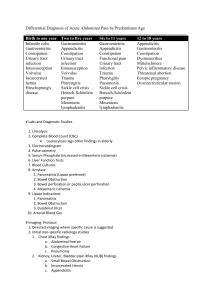
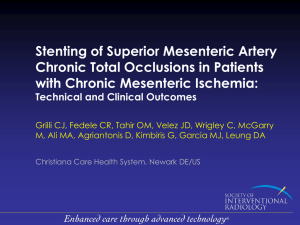
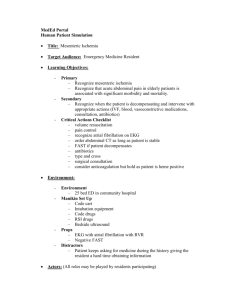
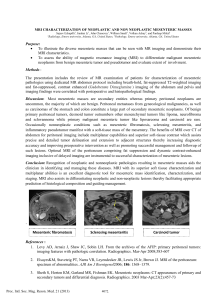
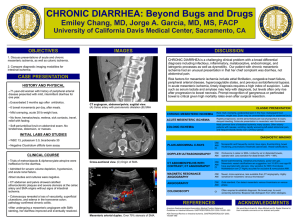
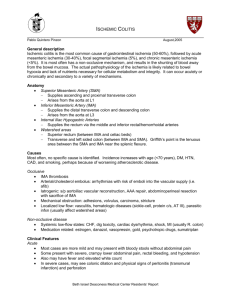

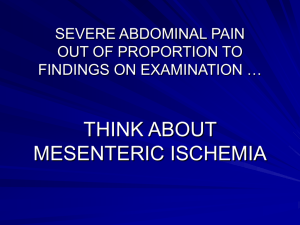
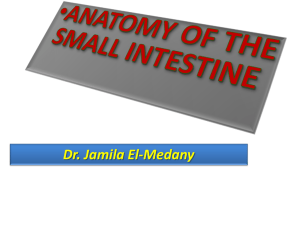
![Paper_Prof_Wang_final1[1]](http://s3.studylib.net/store/data/005836194_1-85fb8d8882c087decd1a6d9c9fdc99c0-300x300.png)